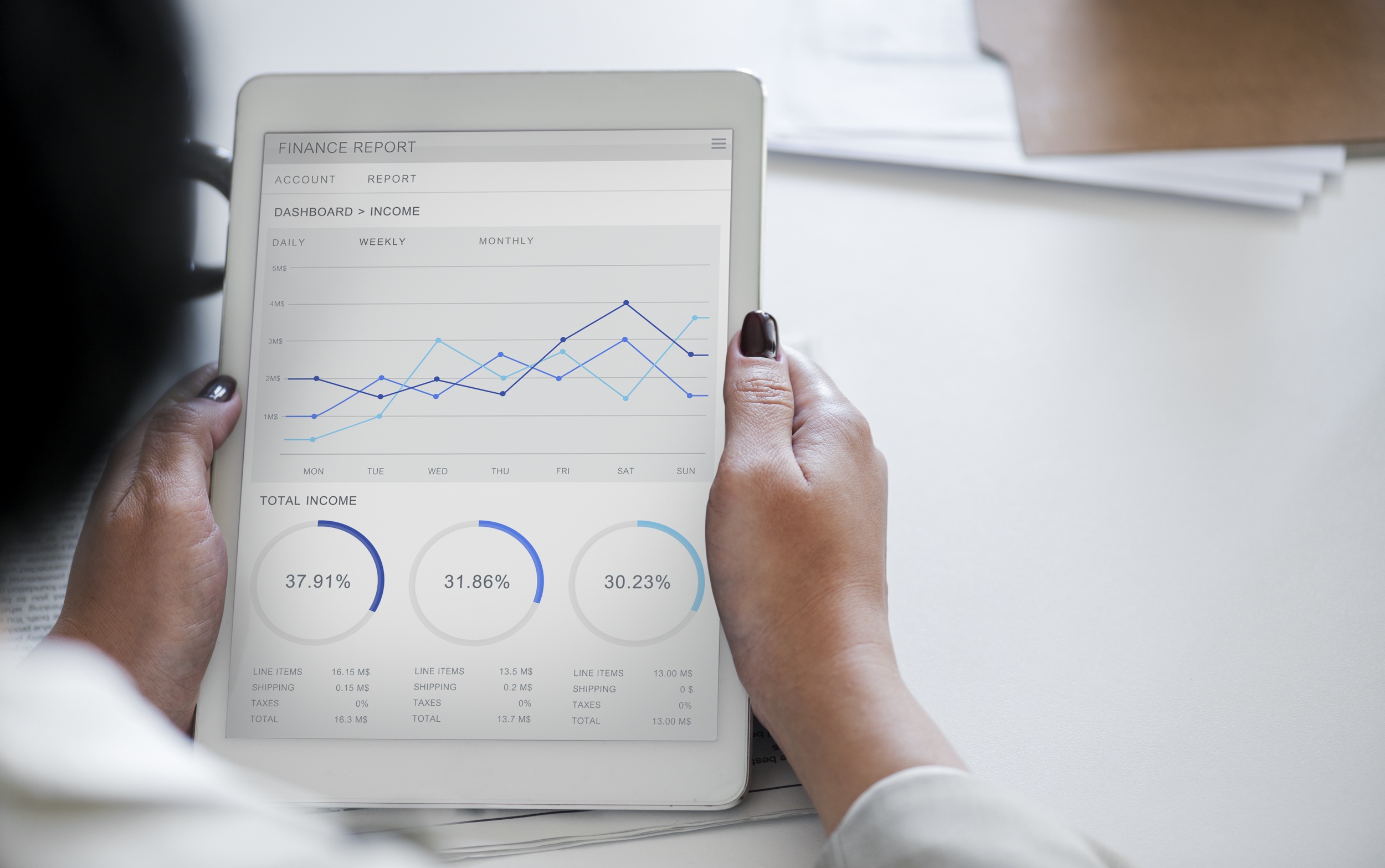Having data is not enough – storing it properly and processing it skillfully is crucial. Here are seven data analysis trends worth following in the coming months.
1. Extended analysis – also with Power BI!
Augmented analytics is one of the leading trends in data analytics. Augmented analytics is a data analytics method that uses artificial intelligence (AI) and machine learning to automate analysing and interpretation of data. It aims to help people make more informed and accurate decisions based on data-driven insights. In the next few months, mechanisms based on automated algorithms that process data and capture recurring patterns from among them will become increasingly important.
This use of machine learning and artificial intelligence will allow large volumes of data to be analysed without the risk of missing critical information. It will also enable more accurate business decisions to be made in a fraction of a second, compared to manual techniques. You can certainly count on the help of Microsoft Power BI in this area. This system will improve data analysis in many areas of your business.
2. Extended data management
Augmented data management will also gain importance. This trend will improve companies’ ability to dynamically analyse incoming data – with greater automation and near real-time. Augmented data management aims to enable a better understanding and use of data to improve business decisions and achieve competitive advantage. This can include a variety of technologies, such as cloud storage and processing tools, data visualisation tools, as well as metadata management, and data security tools.
On the other hand, data analytics automation uses technology to automatically process and analyse data without requiring humans to process it manually. This can include using machine learning algorithms to detect patterns and trends in data, as well as the automatic generation of reports and data visualisations. As a result, automating data analytics can significantly increase the efficiency and effectiveness of business processes by quickly accessing critical information and enabling data-driven decision-making.
Indeed, these issues will become more critical in 2023 because of the rapidly growing volume of data and the need to manage it skilfully.
3. Processing in memory
Another trend that will play an essential role in data analysis in 2023 is In-Memory Computing. Reduced memory costs cause business data processing in memory is becoming more and more common. Storing gigantic amounts of data in memory guarantees free access to them. As a result, more efficient information management, faster response to changes, and easier business decisions thanks to better visibility of data sets. With Power BI, a cloud solution, you get instant access to your data, no matter where and when. This is important for companies whose offices are dispersed all over the world.
4. Connecting clouds for data security
Efficient data management is not enough. Data security is one of the hottest trends in business intelligence in recent years. For this reason, the popularity of well-known clouds, to which more and more organisations transfer their data, will not weaken in 2023. However, what is new is combining clouds into more extensive systems to minimise the risk of threats. Clouds as BI platforms will overlap, improving data analysis at any time and place.
5. Democratisation of data
Data democratisation means making data available to a broad audience so everyone can use and benefit properly. This aims to ensure equal access to information and enable actors to participate in decision-making processes that may affect their daily operations. However, a change in approach and restructuring within a company or organisation is often needed for this to happen. Nevertheless, an organisational culture built in this way ultimately brings many benefits, so democratising data in data analysis will become crucial in 2023.
6. Graphical Analysis – explore Microsoft Power BI capabilities
The increasingly popular analysis of charts allows us to examine the relationships between the entities we are interested in, such as human resources, transactions, or entire organisations. Consequently, it enables us to find answers to more complex questions concerning data, often from different sources. Their analysis is impractical, and sometimes even impossible, using traditional tools. The chart warehouses can be freely explored to search for data with complex connections. As Gartner predicts, the use of graphical and graphical database processing will grow at a rate of 100% per year.
7. Data as a Service
Data as a Service (DaaS) is a cloud computing service that provides access to data from various sources. DaaS providers offer multiple services, such as data storage, processing, and analytics, to help organisations manage and analyse data. These services are typically delivered over the internet and can be accessed via a web browser or API.
One of the advantages of DaaS is that it allows organisations to access data from multiple sources, such as databases, sensors, and social media platforms, without having to manage the underlying infrastructure themselves. This can save time and resources and allow organisations to focus on their core business activities. DaaS is already being used in several industries, including finance, healthcare, and retail, to help organisations make more informed decisions based on data-driven insights, and it will undoubtedly become more important in 2023.
One thing is for sure – data analysis will become even more critical soon. Companies that want to make the right business decisions should already implement systems for their review, such as Power BI.


